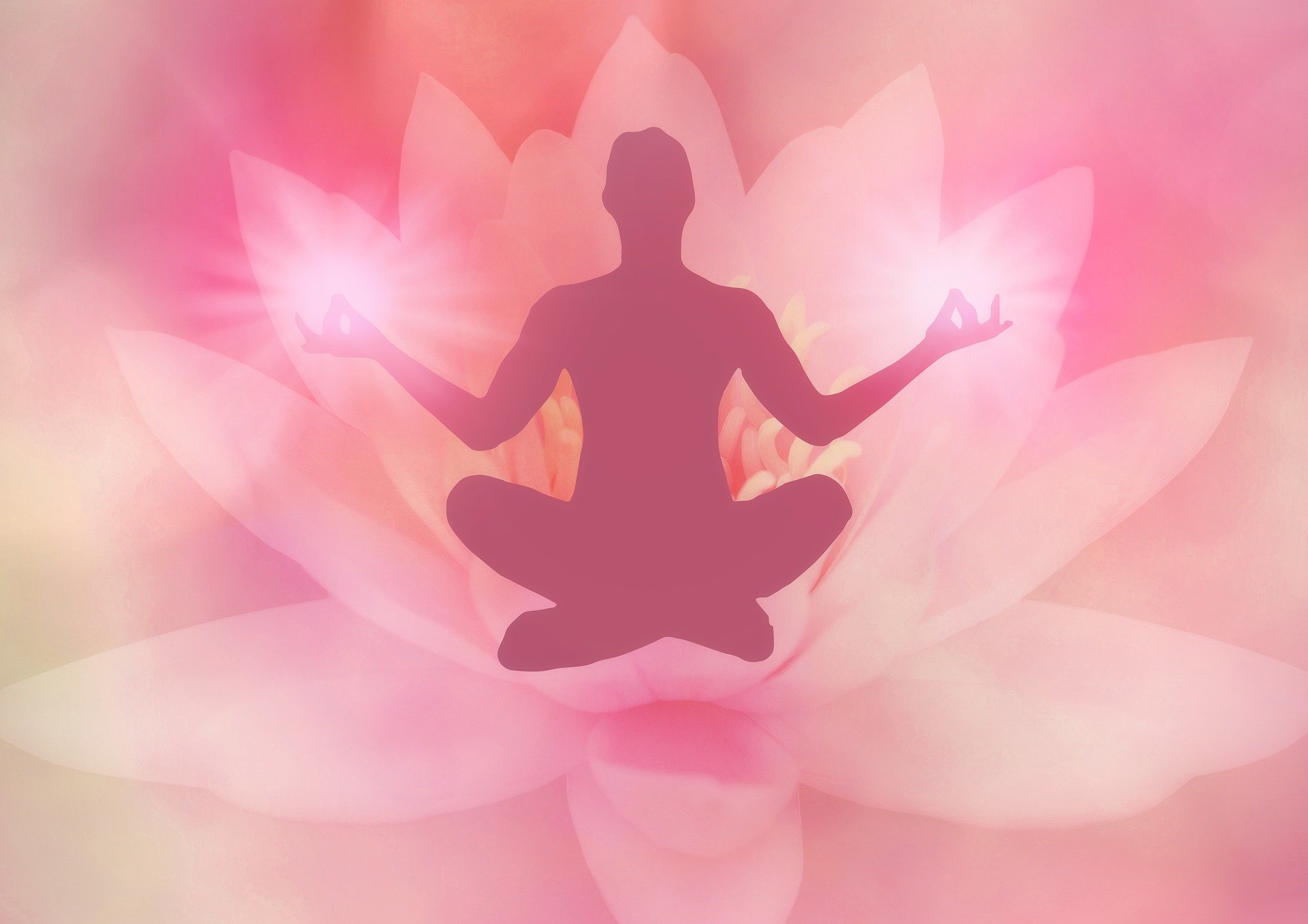
“Sarva bhūtahite ratāḥ”
(Engaged in Welfare of All Beings)
Happy people are more productive. When students develop a sense of positive energy, it results in engaged learning, positive perspective, determination, and social connectedness. The source of true happiness and positivity is not distant, and perhaps it lies within us. Tapping the correct process can lead to unleashing the source of imperishable bliss.
In classical Indian tradition, the experience of absolute bliss and ecstasy is referred to as ‘ānanda.’ It is characterized by a state of unwavering happiness and positive emotions. One of the important qualities of the human is to enjoy and experience happiness , referred to as ‘ānandayitā’ (Maitrī Upaniṣad – 6.7). The Indian thought subscribes to the notion that humans have the ability and the resources to bring about the necessary transformation to realise the absolute truth of being, which leads to the state of ultimate bliss.
Lotus- the logo of Ānandam- symbolises purity, rebirth and strength in the Indian tradition. The four petals represent four dimensions of existence – physical (annamaya), vitality (prāṇa), mind (manas) and rationality (vijñāna). The connected and unconnected lines signify evolution in progress.The yellow dot signifies the enlightening being on the path of happiness. The bright colors like saffron and yellow depict the element of light, which is the symbol of knowledge shredding the darkness of ignorance and negativity. When the four dimensions of existence are harmonised, it unleashes the ultimate bliss – Ānanda.



